#Scathophaga
Text

dung flies don't get enough credit for being gorgeous little critters
Scathophaga stercoraria
231 notes
·
View notes
Text



Golden dung fly (Scathophaga stercoraria) on a pig(?) scapula.
#most likely pig. found it in the park#scathophaga#diptera#insects#macro photography#mine#i love this guy. perfect color combo.#also the way the wings fold. so compact so perfect#insect photography#fly#good luck charm
13 notes
·
View notes
Text
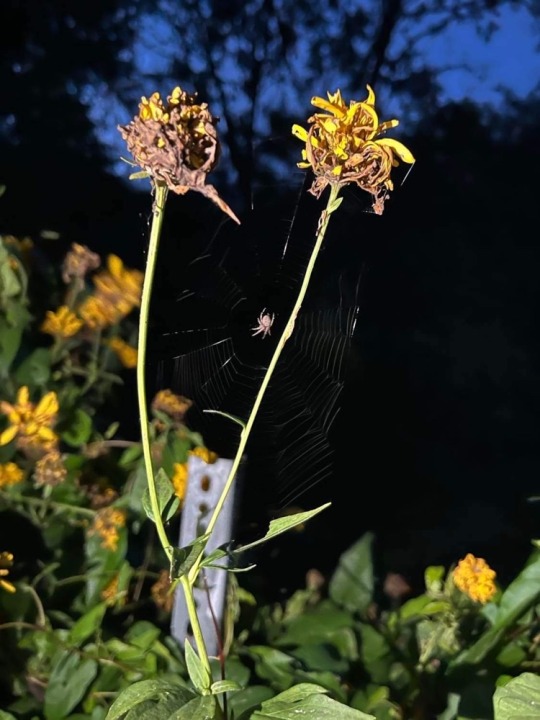
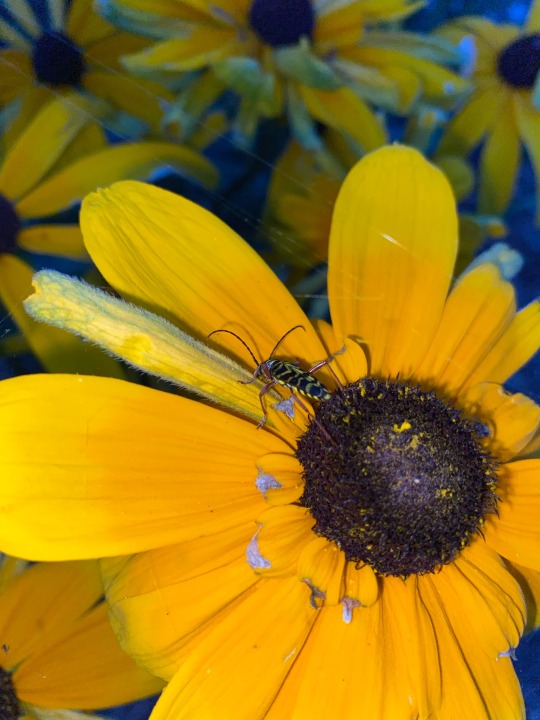
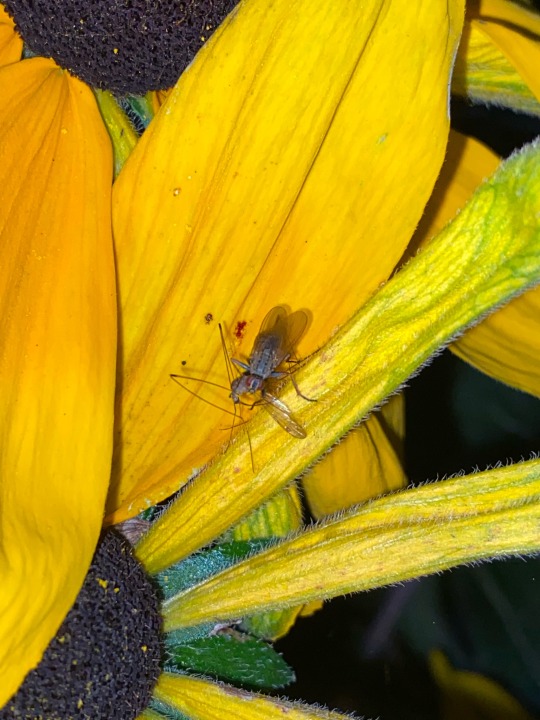
Some interesting fellows found during a late night walk by the lake
#insects#spiders#flowers#wildlife#nature#we actually watched the first little spider make that web#it was incredible it built it so quickly#thanks fly guy! I actually was really suprised to see a fly like that hunt!#grey cross spider#larinioides sclopetarius#pretty sure#araneae#araneidae#Locust borer#Megacyllene robiniae#cerambycidae#Scathophaga stercoraria#Scathophagidae#diptera#coleoptera#arachnids#north american species#my photos
9 notes
·
View notes
Text

Golden dung fly (Scathophaga stercoraria)
By: Stephen Dalton
From: The Complete Encyclopedia of the Animal World
1980
#fly#dipteran#insect#arthropod#invertebrate#1980#1980s#Stephen Dalton#The Complete Encyclopedia of the Animal World (1980)
58 notes
·
View notes
Text
Gelbe Dungfliege (Scathophaga stercoraria) sitzend auf Maronen - Röhrling (Imleria badia). 😋
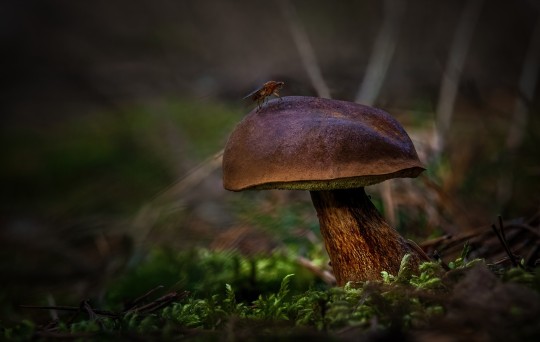
4 notes
·
View notes
Text

Yellow dung fly with diner!
The yellow dung fly (Scathophaga stercoraria) is a common and widely distributed species of fly found in many parts of the world.
Adult yellow dung flies are predatory and primarily feed on other small insects. However, they also feed on nectar and pollen from flowers.
#insects#nature#naturephotography#macro photography#insect#photography#fotografie#belgium#nikon#animals#wildlife
1 note
·
View note
Photo
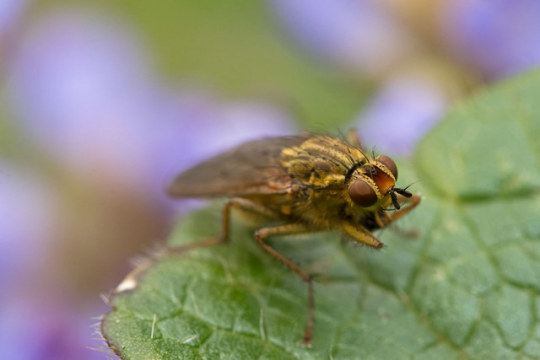
Golden dung fly (Scathophaga stercoraria) (via USFWS - Pacific Region)
Photo credit: Peter Pearsall/USFWS
#Golden Dung Fly#Scathophaga stercoraria#Scathophaga#Scathophaginae#Scathophagidae#Muscoidea#Calyptratae#Diptera#Insecta#Hexapoda#Arthropoda#insects#fly
17 notes
·
View notes
Photo

Bug of the Day
“So close to 10,000 followers, I can taste it!”
(Golden Dung Fly, Scathophaga stercoraria)
#golden dung fly#dung fly#fly#Scathophaga stercoraria#Scathophaga#Scathophagidae#Diptera#insect#tumblr famous#10000followers
138 notes
·
View notes
Photo

Bubble-blowing fly. At least the flowers are pretty.
Yellow dung fly (Scathophaga stercoraria)
April 9, 2020
Southeastern Pennsylvania
64 notes
·
View notes
Text

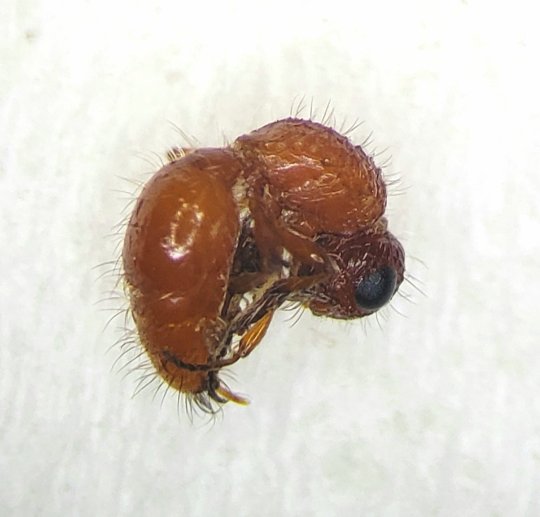

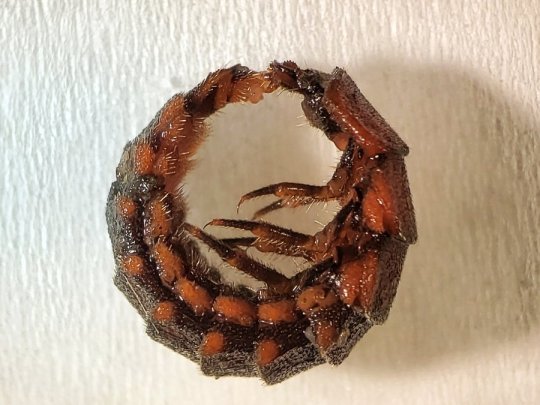

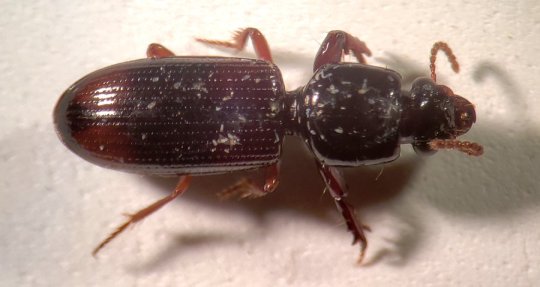
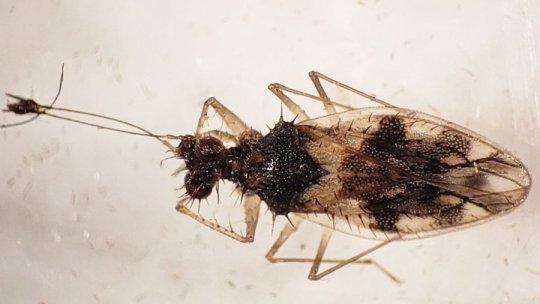


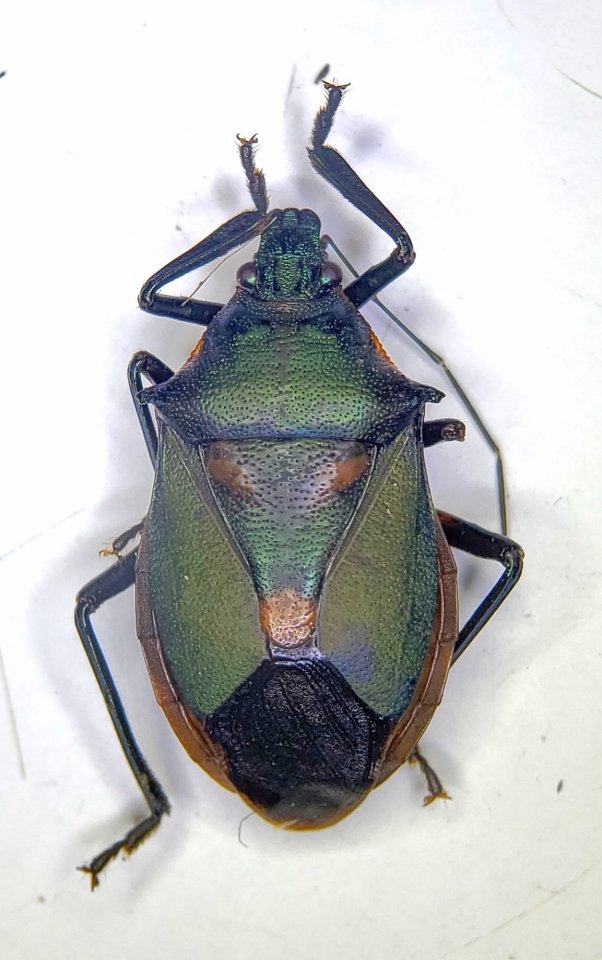
lab bug roundup
Lomachaeta sp. x2
Membracidae, Lycidae larva
Eustenopus villosus, Paraclivina bipustulata
Patapius spinosus, Scathophaga stercoraria
Notiophilus aeneus, Euthyrhynchus floridanus
#hymenoptera#mutillidae#hemiptera#membracidae#coleoptera#lycidae#curculionidae#carabidae#leptopodidae#diptera#scathophagidae#pentatomidae
341 notes
·
View notes
Photo



Various Flies
Photo taken in Pasadena, MD
04/17/2022
Photography by Nisha Wolfe
#Golden Dung Fly#House Fly#False Stable Fly#Scathophaga stercoraria#Muscidae#Muscina stabulans#Photography#My Photography#Pasadena#Maryland#MD#4/17/2022#insect
0 notes
Text
@flipsy-applepie submitted: hi!!! could u id a couple of bugs for me please? (north Italy)
first of all we have this beautiful lady

then there's some kind of orange fly??? I had never seen one before

and lastly a huge friend I found last year and that I didn't dare bother

that (I think??) I found again this winter

Hello! Yes I can! The beautiful butterfly babe is a spotted fritillary, Melitaea didyma. The orange/yellow fly is a yellow dung fly, Scathophaga stercoraria. They are quite common all across Europe and the US, but since they’re less likely to be found in houses than some other flies, I imagine most people won’t ever encounter them. And finally the large leggy friend(s) is a male giant house spider, either Eratigena duellica or Eratigena atrica. Possibly the same individual since they have a lifespan of about 18 months, but more likely a second pal of the same species. Thanks for sharing your Italian bugs, I love them!
#animals#insects#bugs#spider#arachnids#submission#butterfly#spotted fritillary#fly#diptera#yellow dung fly#giant house spider
101 notes
·
View notes
Photo
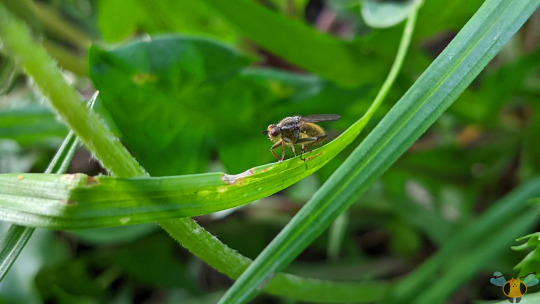

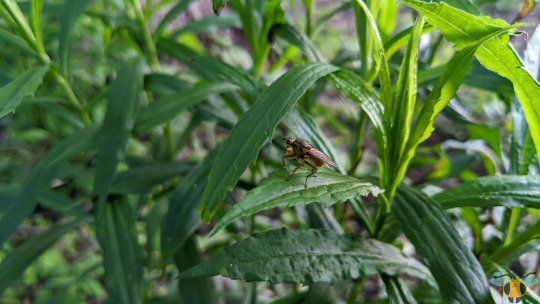



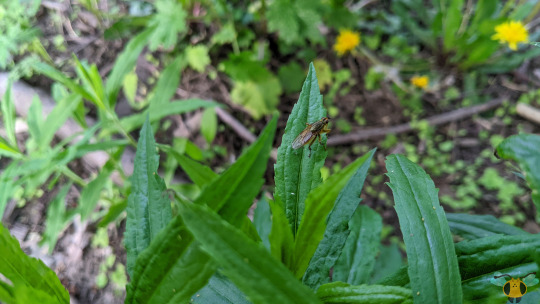
Golden Dung Fly - Scathophaga stercoraria
The more Flies I find while out looking for insects, the more surprised I am to find new varieties and families within their order, Diptera. Today’s post is a new specie and opens up another new family for this blog to explore: Scathophagidae. More commonly they are called Dung Flies, but researching into this family suggests that this common name is a bit of a stretch as not all Flies within this family have an appreciation for dung. It can be tough to narrow broad spectrum characteristics into a family name. The only name I could think of would be “Hunter Flies” given the diet of the adult, but this might tread on Robber Flies, which, in my opinion are the more vicious predatory Flies. The latter exemplify hunting with that sharp facial spike and their aggression, but this Dung Fly is no slouch to hunting. There’s great footage online with this specie slowly approaching other Flies at rest and then rushing them and trapping them with their enlarged spine covered legs. The only thing I’m confused on is their mouthpart. Looking at macrophotography and videos of the Fly hunting, it looks like it has a sponge mouthpart (labellum) on the end, but the mouthpart as a whole looks like a short and blunt pencil tip. I’m very curious to seeing how exactly it lands the first blow upon capturing a Fly or similar insect.
Regardless of how it manages to nab its meal, the where is what interests me. When hunting, the hungry Fly waits from around flowers, leaves or dung to attack insects. Blowflies such as the Greenbottle Fly are on the menu given their attraction to both, and I fear that Hoverflies may also be on the menu too! Let’s hope their striped patterns can give this Fly the slip. Whether hunting or waiting for a potential mate, this individual was vigilant over a pile of dog poop and remained on plants nearby. Had I known what this specie was, I would’ve stayed around a bit longer to see if it catch something. The adults won’t eat the dung as a primary food source, but they are drawn to it, and eggs laid inside it (for this specie). Other species within Scathophagidae lay their eggs on other things in the natural world such as on plants, in water and some even parasitize other insects. The only thing I can think of that all these sites have in common is a lot of moisture (which is handy to ward off drying out). All this variety of habits and preferences and yet poop is the main focus of this family. With this particular specie being a common find in the wild and well studied in research, it may have influenced the naming of this Fly family.
Pictures were taken on May 19, 2022 with a Google Pixel 4.
#jonny’s insect catalogue#ontario insect#fly#golden dung fly#dung fly#diptera#insect#toronto#may2022#2022#entomology#nature#invertebrates#arthropods
5 notes
·
View notes
Photo


Almindelig gødningsflue (Scathophaga stercoraria)
En overordentlig almindelig flue på 7-9 mm. Kendes fra lignende arter på de sorte antenner.
Larven lever i gødning fra husdyr, mens den voksne fortrinsvis præderer på andre fluer.
#Almindelig gødningsflue#Gødningsflue#Scathophaga stercoraria#Common yellow dung-fly#Golden dung fly#Dung-fly#Flue#Fluer#Fly#Flies#Diptera (Tovinger)#Møgflue#Møgfluer
3 notes
·
View notes
Photo

🎼Secret Garden🎶 Dit weekend maar eens een tuinsafari plannen. Op zoek naar de Scathophaga stercoraria of het Coccinellidae 😉 #song #music #musiclover #musiclovers #art #artwork #design #corona #blijfthuis #tuinsafari #ontdekken #explore #humour #humor #lieveheersbeestje #strontvlieg https://www.instagram.com/p/B-h67uhpMPx/?igshid=1hz94vmiph4m7
#song#music#musiclover#musiclovers#art#artwork#design#corona#blijfthuis#tuinsafari#ontdekken#explore#humour#humor#lieveheersbeestje#strontvlieg
0 notes
Text
The Intriguing World of the Gold Fly
The Intriguing World of the Gold Fly
The world of insects is vast and diverse, with millions of species each having their own unique characteristics and behaviors. Among these, the Gold Fly stands out for its distinctive color and fascinating life cycle.To get more news about spanish gold fly, you can visit herbal-hall.com official website.
The Gold Fly, scientifically known as Scathophaga stercoraria, is commonly referred to as the yellow dung fly or the golden dung fly. This species is one of the most familiar and abundant flies in many parts of the Northern Hemisphere.
As its common name suggests, the Gold Fly is often found on the feces of large mammals, such as horses, cattle, sheep, deer, and wild boar, where it goes to breed. This might seem unappealing to us, but for the Gold Fly, it’s a perfect environment for reproduction.
Despite their somewhat off-putting breeding habits, Gold Flies play an important role in the ecosystem. They help in the decomposition process by breaking down organic matter, thus returning nutrients back to the soil. This makes them an integral part of the nutrient cycle.
However, not all flies that glitter are gold. The term “Gold Fly” is also associated with a product known as Spanish Gold Fly. This product, traditionally made with an extract of the emerald green beetle called cantharidin, is one of the oldest aphrodisiac products known to man. It has been described in media as the fastest way to improve a couple’s love life.
In conclusion, whether it’s the insect buzzing around dung heaps or the product promising to spice up one’s love life, the term “Gold Fly” certainly carries a lot of intrigue. It’s a testament to the diversity of our world, where a simple phrase can have such varied and fascinating meanings.
0 notes